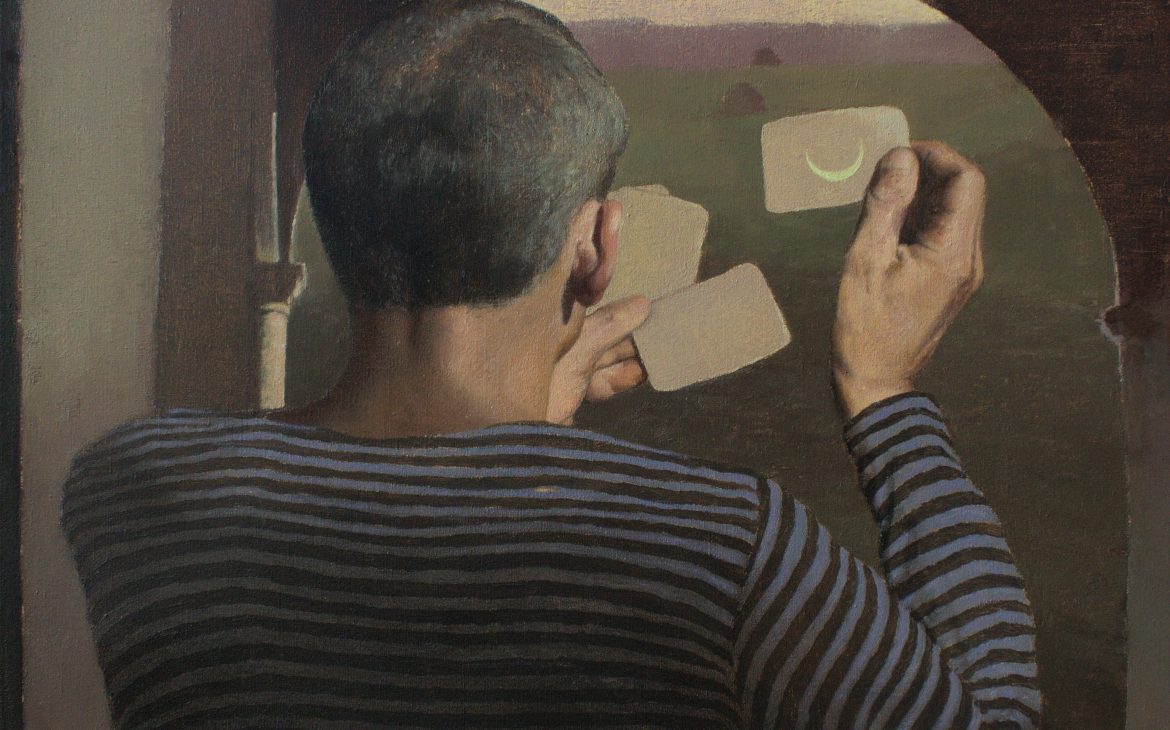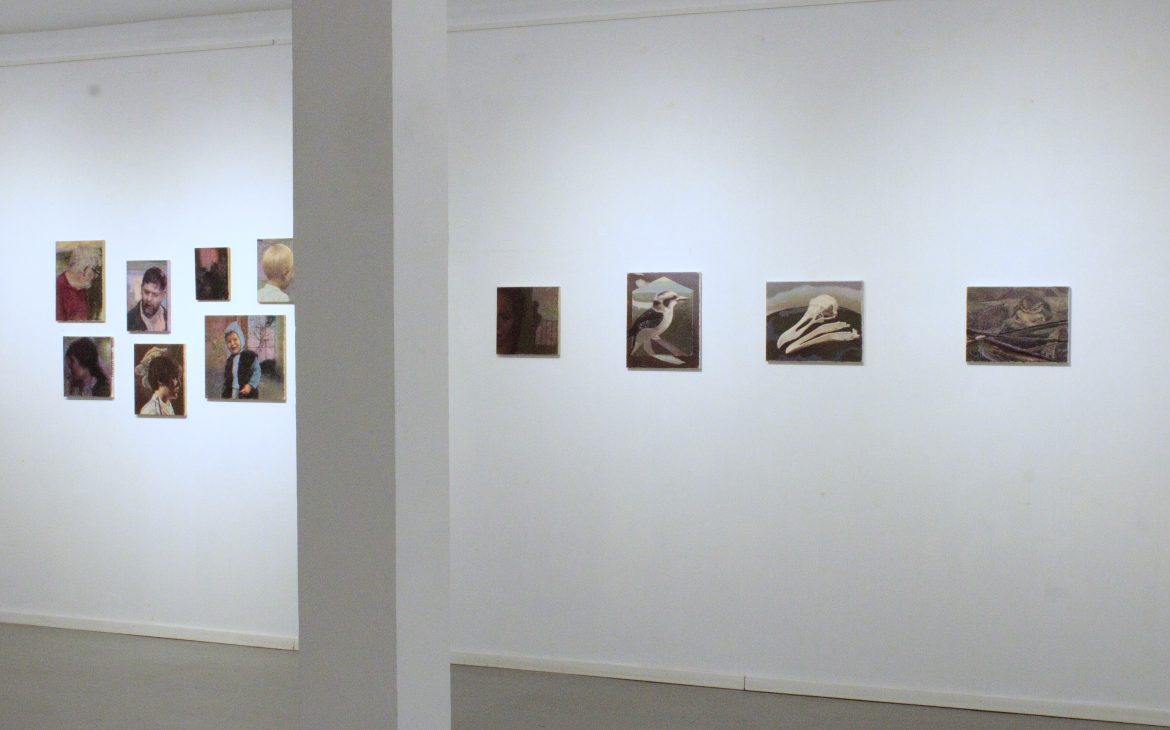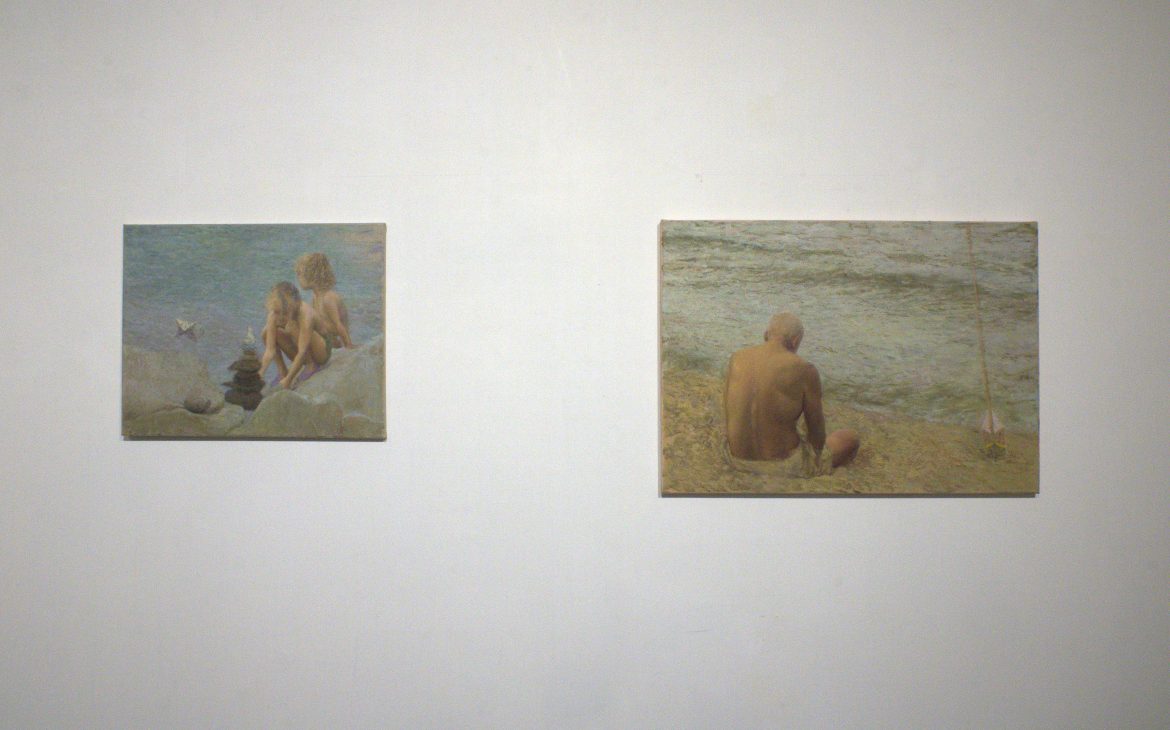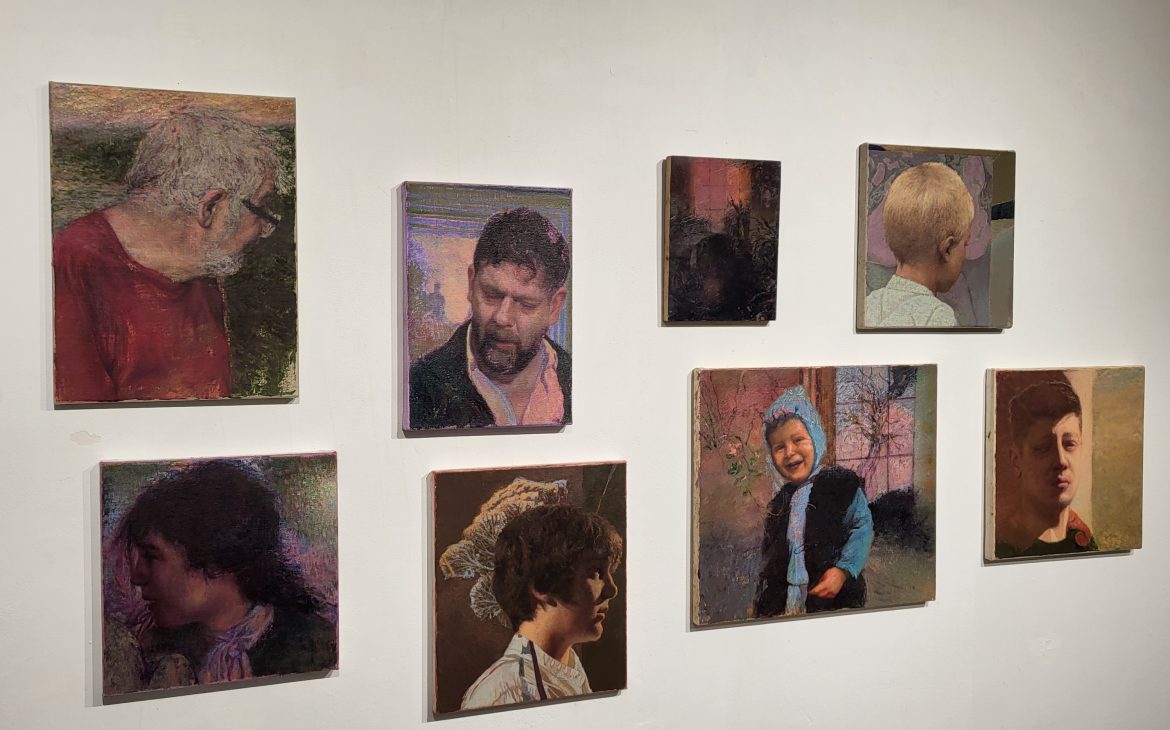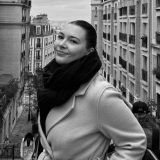I collaborated with Marius on the exhibition entitled those special traces of us, hosted by Galeria Aparte in Iași, and since then, I have been impressed by his seriousness and passion for art. These qualities lead him to be in a constant search for truth and knowledge. A PhD student at the University of Art and Design in Cluj-Napoca, Marius Ghita integrates everyday themes into his paintings, infusing them with metaphors, nostalgia, personal experiences and imagination.
Nature is omnipresent in his works, whether represented by vegetation or the sea, which becomes host to man. It is formed as part of the inherent relationship between knowledge and the human condition. In the art he creates, man becomes the symbol of the unpredictable and the unconscious, a structure of signs between reality and perception.
Diana Molnos: Was the inclination for painting a gradual discovery, or did you always feel this deep connection? Did you know you would become a painter? Did you want this from the start?
Marius Ghita: Not at all. At first, I was just drawing and looking for shapes. What I do know is that I was concerned with observation and nature, and then, in fact, something like a stylistic guide to imagery was formed, which I still use today. In retrospect, I was concerned with physiognomy, with the structural changes in people’s faces as a function of behavioural reactions. I knew nothing about painting, on the contrary, in the first years of secondary school, painting seemed to me a dirty activity, literally. It seemed to me that if you don’t respect the weight of the working materials with maximum precision, you can’t paint, which is why drawing was much more accessible to me then. For a long time, I drew in pen, then in graphite, and then I discovered charcoal, which is still indispensable in every work.
As for painting, the first contact with the idea of following this path was, to some extent, a juggling act, since, somewhat unexpectedly, in the eleventh grade, I participated in a national competition that indicated this path to me, and then…

D.M.: Do you make sketches after the topics you want to approach?
M.G.: No, I don’t make sketches. I don’t make sketches after anything. I prefer to prepare what needs to be prepared on the spot, and I try not to pretend that what is not entirely up to me is in my hands. I am constantly looking to discuss the structure of the work, either on account of the texts I read or on account of the images I use, which I take either from the surrounding environment or films or plays.
D.M.: How do you approach the tension between the known and the unknown in your works? What role does this duality play in your artistic process?
M.G.: Perhaps the most honest answer to this question would be that I don’t know. In any case, I wouldn’t know how to answer you in a phased structure. The reason is that, although trying to be very clear about where I’m starting from when I start a work remains a constant, I find so many possibilities in the multitude of unknowns during the creative process that I can only instinctively moor this tension.
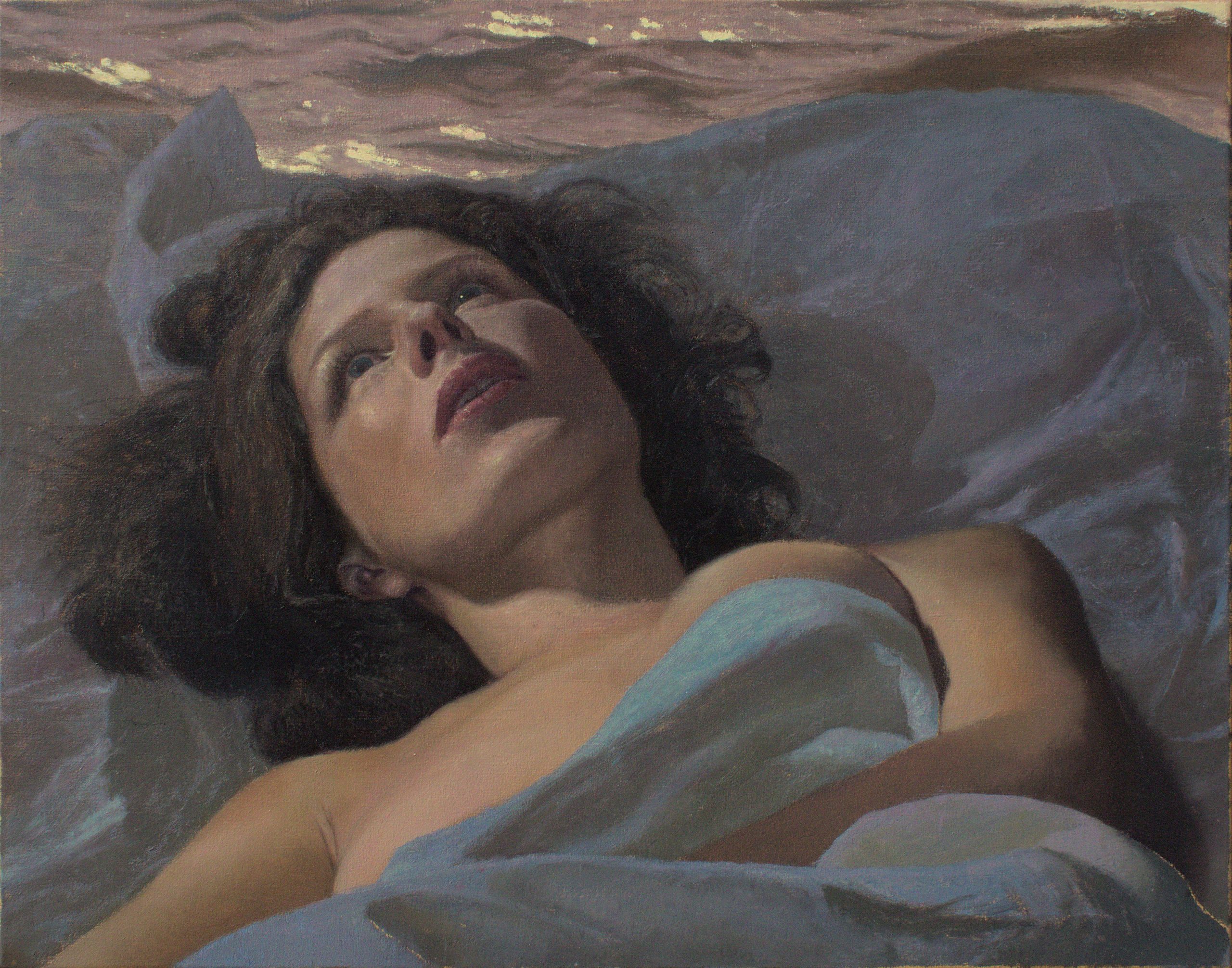

Marius Ghita, “Nevermore. Blue flower”, 2024, oil on canvas, 55 x70 cm (left) & “A definitely different, different flat plateau”, 2024, oil on canvas (right)
D.M.: In your works, what is more important, the landscape or the characters?
M.G.: As I told you, I have been preoccupied with the human figure since childhood, but for a long time, I missed the context of its location. That’s why, against the background of great compositional uncertainties, I felt the need for some rebellion in the third year of college. As such, I began, for a period of time, to paint exclusively landscapes. Today, I have to admit that, as far as my studio practice is concerned, every work, whether it is devoid of figuration at the beginning, seeks its figuration along the way, showing me that the two aspects cannot be separated even for the sake of analysis, if you want an honest one.
D.M.: Given that you explore the relationship between experience and imagination in your works, how does your creative process unfold? Does the importance fall on personal experiences or the intellectual, philosophical and imaginary aspects?
M.G.: The first decisions and steps taken at the beginning of each work must be very clear. In other words, every time I start with well-sharpened images. I choose the images based on a previous tradition, then edit, test, and crop. Imagination only appears when the plot starts to make sense.
As a practical step, I initially test the size, bringing the digital image to several possibilities of sizing the actual work. After I decided on the size, the first moment of chance appears. This is the moment when I color the surface of the white canvas with a purely random shade, preferably a transparent or semi-transparent one, a shade that will inevitably influence the work to some extent from a chromatic point of view. Once that color is dry, I begin structuring the clearly established information I was talking about. I do this through a charcoal drawing, which I later fix on the support, and from this point, let the show begin.

D.M.: Based on your works, I noticed that there is a change from one year to another related to the color palette and the subjects you paint. How do you decide you need to change something, or what drives you?
M.G.: Considering that in high school, I studied graphics, color represented for me, and until recently, it was a tabula rasa that I was afraid to approach. With the end of high school, the first years of college were the years of discovery, years in which I learned to walk again. During the summer between the second and third year, I spent a few days at my grandparents, in the countryside. Those were the days when I suspected that what I had accumulated during my two years of study had first collided with me, bringing the first real chromatic satisfactions to the surface. That was the moment when I completely gave up the pigment that had obsessed me for so many years – black.
As far as I’m concerned, the color palette is influenced by several factors: light, season, temperature, time, verve, etc. The only thing I try to constantly pay attention to is that the air in the work does not contradict the natural development of the image.
D.M.: Given your path, what would you say, if you could, to the younger version of you? What advice would you give him? What lessons have you learned over time that would have been useful early in your artistic career?
M.G.: It’s still a bit early to give advice at this age, especially when I have to give it to myself. As such, I don’t know. I’d probably tell him to try not to be so impatient. To be more relaxed, especially in the first years of new discoveries. I was very eager to meet; I thought that painting is a matter that you learn and then apply. Quite late, I mustered up the courage to realize that I must make friends with riddles.
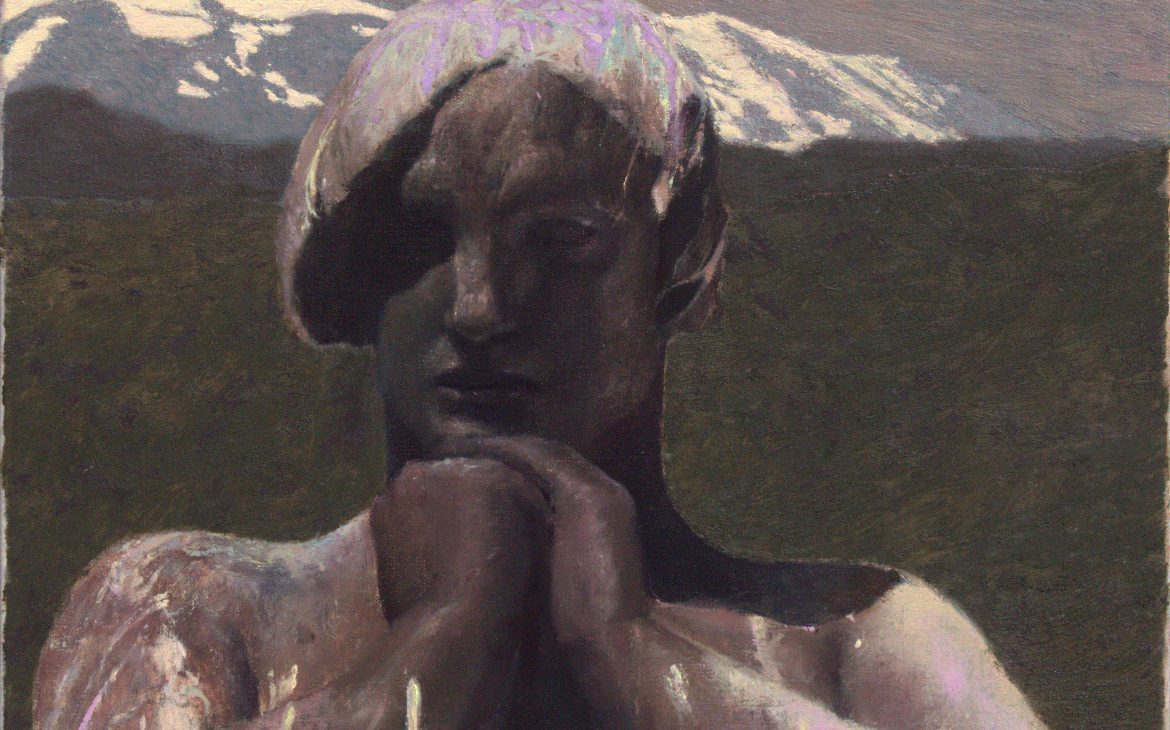

Marius Ghita, Shadoof, 2023, oil on canvas
